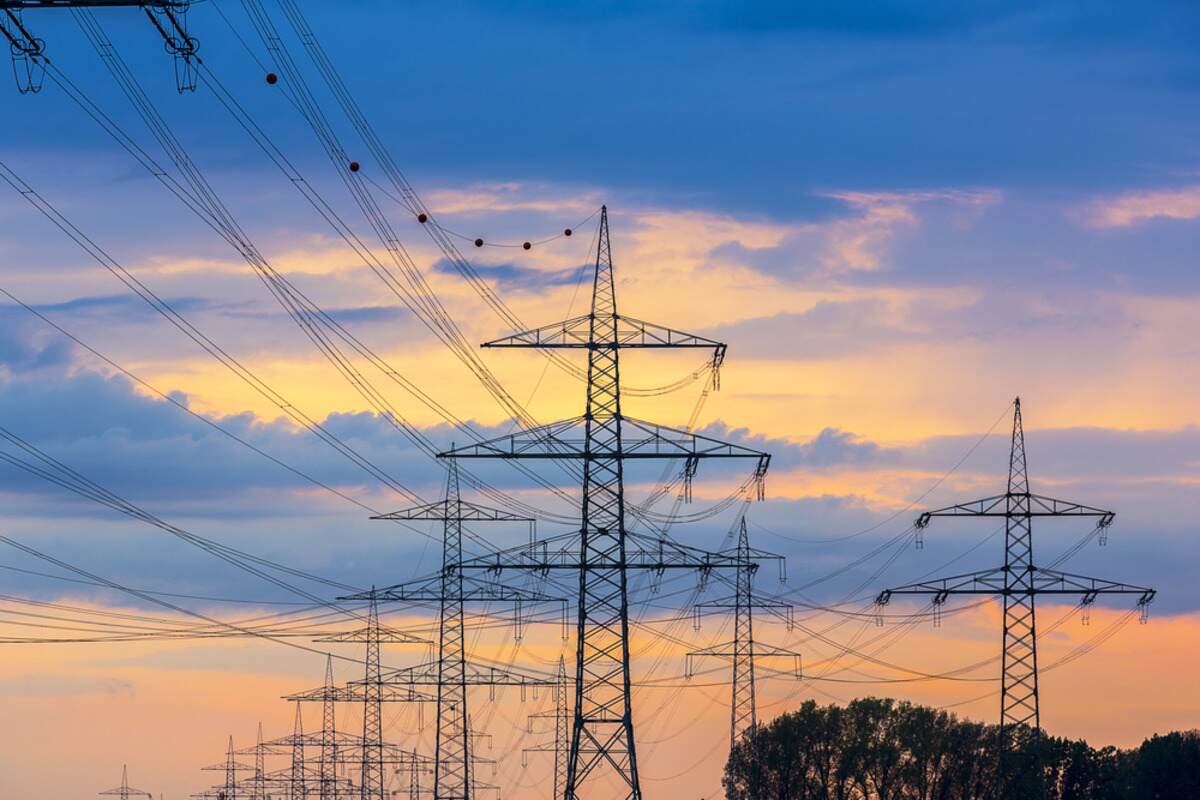The world’s electricity consumption is projected to increase at its fastest rate in recent years, with an annual growth rate approaching four percent through 2027. This surge in power usage spans various sectors of the economy, as detailed in a new report from the International Energy Agency (IEA). In “Electricity 2025,” the latest edition of the IEA’s primary market analysis, the majority of additional demand over the next three years will originate from emerging and developing economies, which represent 85 percent of the growth.
This trend is particularly evident in China, where electricity demand has outpaced overall economic growth since 2020. China’s electricity consumption rose by seven percent in 2024 and is anticipated to grow at an average of around six percent through 2027. This demand surge in China is partly attributed to the industrial sector, where alongside traditional energy-intensive sectors, the rapidly growing electricity-intensive manufacturing of solar panels, batteries, electric vehicles, and related materials has played a crucial role. Other significant contributors include air conditioning, electric vehicle adoption, data centers, and 5G networks.
The report estimates that the growth in global demand will equate to adding a volume greater than Japan’s annual electricity consumption each year until 2027. This increase is largely fueled by a robust rise in electricity use for industrial production, heightened demand for air conditioning, swift electrification driven by the transport sector, and the rapid growth of data centers.
Report: Dubai achieves world’s lowest electricity Customer Minutes Lost per year
Challenges of increasing electricity demand
“The acceleration of global electricity demand highlights the significant changes taking place in energy systems around the world and the approach of a new Age of Electricity. But it also presents evolving challenges for governments in ensuring secure, affordable and sustainable electricity supply,” stated IEA Director of Energy Markets and Security, Keisuke Sadamori. “While emerging and developing economies are set to drive the large majority of the growth in global electricity demand in the coming years, consumption is also expected to increase in many advanced economies after a period of relative stagnation. Policymakers need to pay close attention to these shifting dynamics, which will be addressed at the international Summit on the Future of Energy Security that the IEA is hosting with the U.K. government in London in April.”
Electricity demand in U.S. and Europe
In the United States, a significant rise in electricity demand is forecasted to contribute an amount equivalent to California’s current power consumption to the national total over the next three years. Conversely, electricity demand growth in the European Union is expected to be more subdued, returning to its 2021 levels by 2027 after major declines in 2022 and 2023 due to the energy crisis.
Renewable sources and low-emissions growth
The new report indicates that the growth in low-emissions energy sources—primarily renewables and nuclear—will sufficiently cover all global electricity demand growth over the next three years. Particularly, generation from solar photovoltaics (PV) is projected to meet approximately half of the global electricity demand increase through 2027, bolstered by continued cost reductions and policy support. In 2024, electricity generation from solar PV surpassed that from coal in the European Union, with solar’s contribution to the power mix exceeding ten percent. China, the United States, and India are all expected to see solar PV’s share of annual electricity generation reach ten percent between now and 2027. Meanwhile, nuclear power is experiencing a resurgence, with its electricity generation forecast to achieve new highs each year from 2025 onward.
Consequently, carbon dioxide emissions from global electricity generation are expected to stabilize in the coming years after an approximate one percent increase in 2024.

Resilience in electricity systems
The study analyzes significant power grid stressors in 2024 through evaluations of winter storms in American regions and Atlantic hurricane activity and Brazilian and Australian blackouts provoked by extreme weather conditions and water scarcity challenges for hydroelectric power generation across Ecuador and Colombia and Mexico. The recent events demonstrate why power grids need better resilience capabilities.
Volatility and flexibility in electricity prices
The paper investigates how weather affects power systems while showing rising wholesale electricity price swings in selected territories because of the increasing requirement for system flexibility. Some regions have seen a growing number of negative wholesale electricity prices even though their occurrences remain scarce across global markets. The presence of infrequent negative wholesale electricity prices indicates that the system lacks required flexibility because of technical, regulatory or contractual factors.








